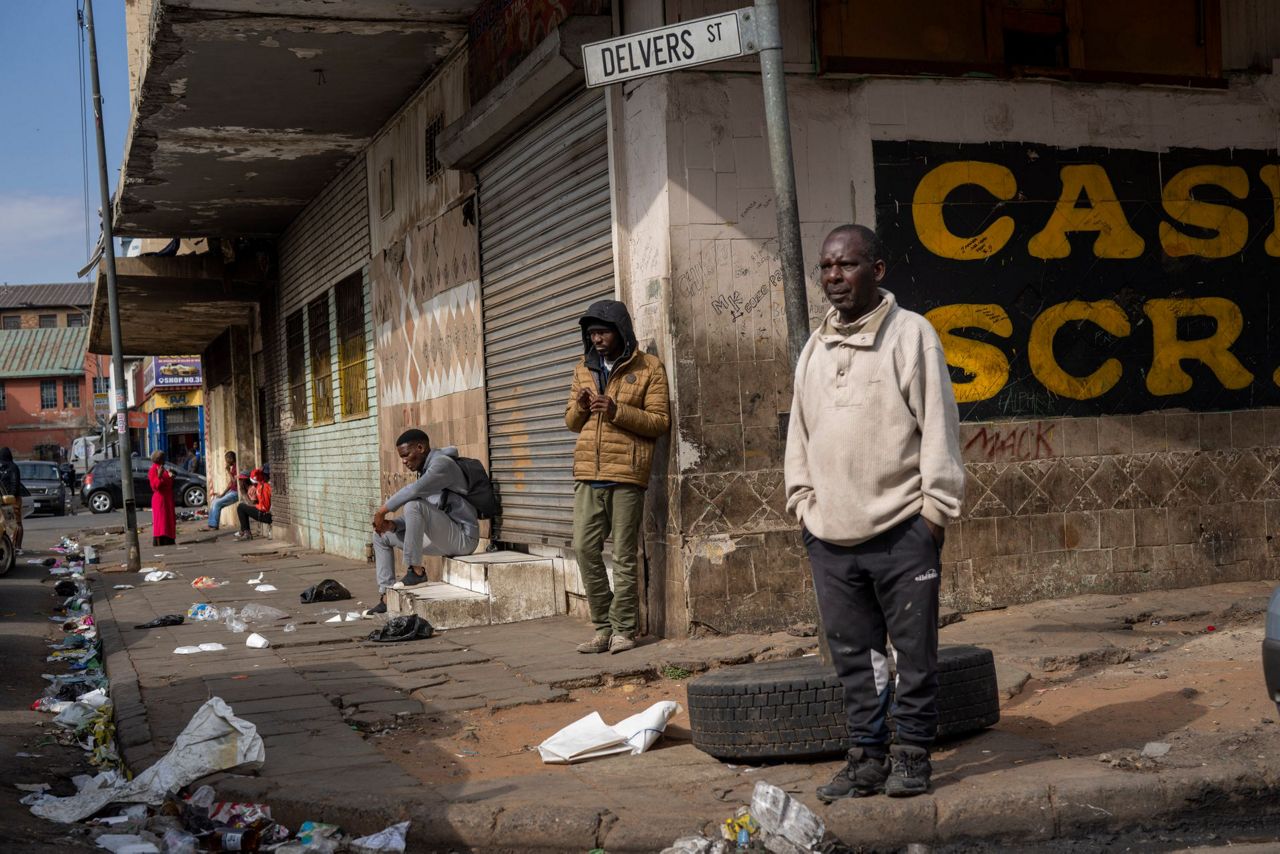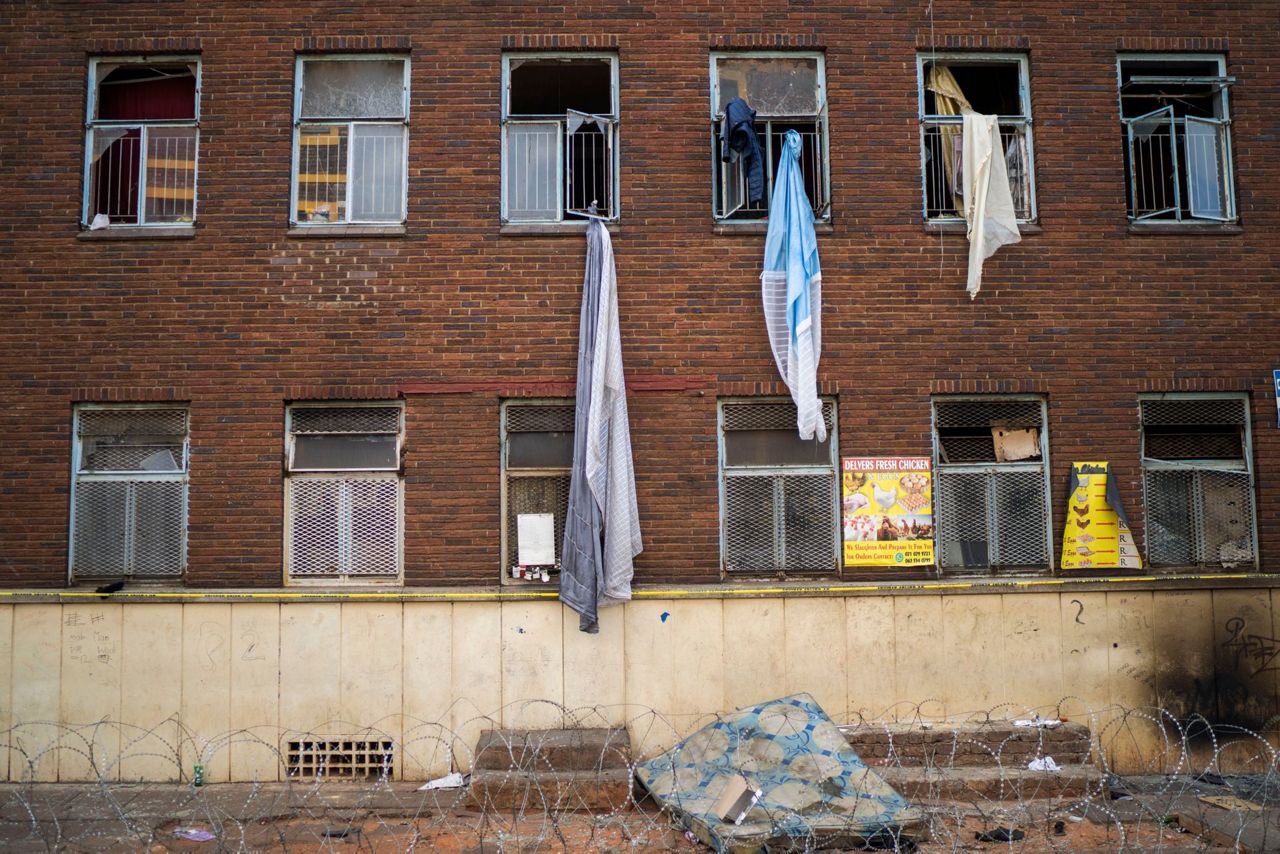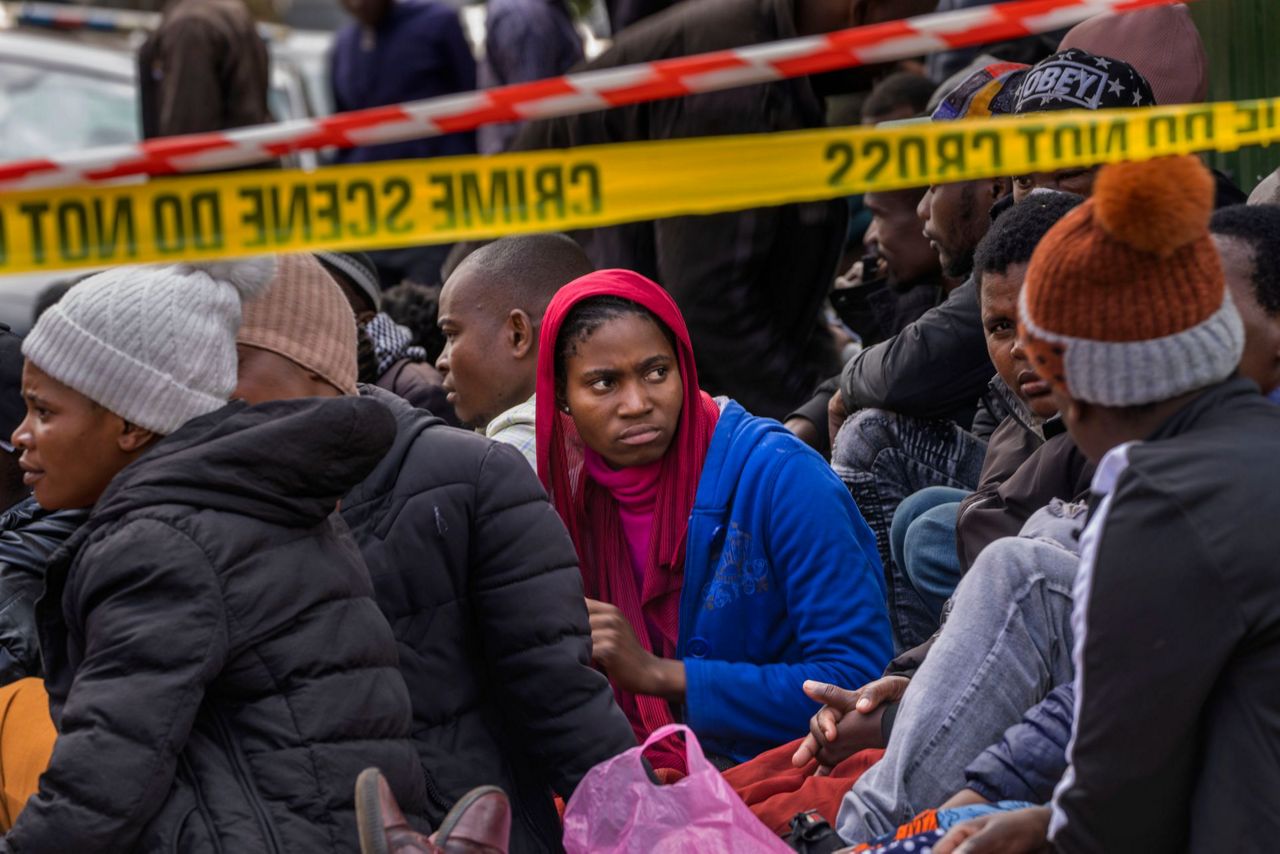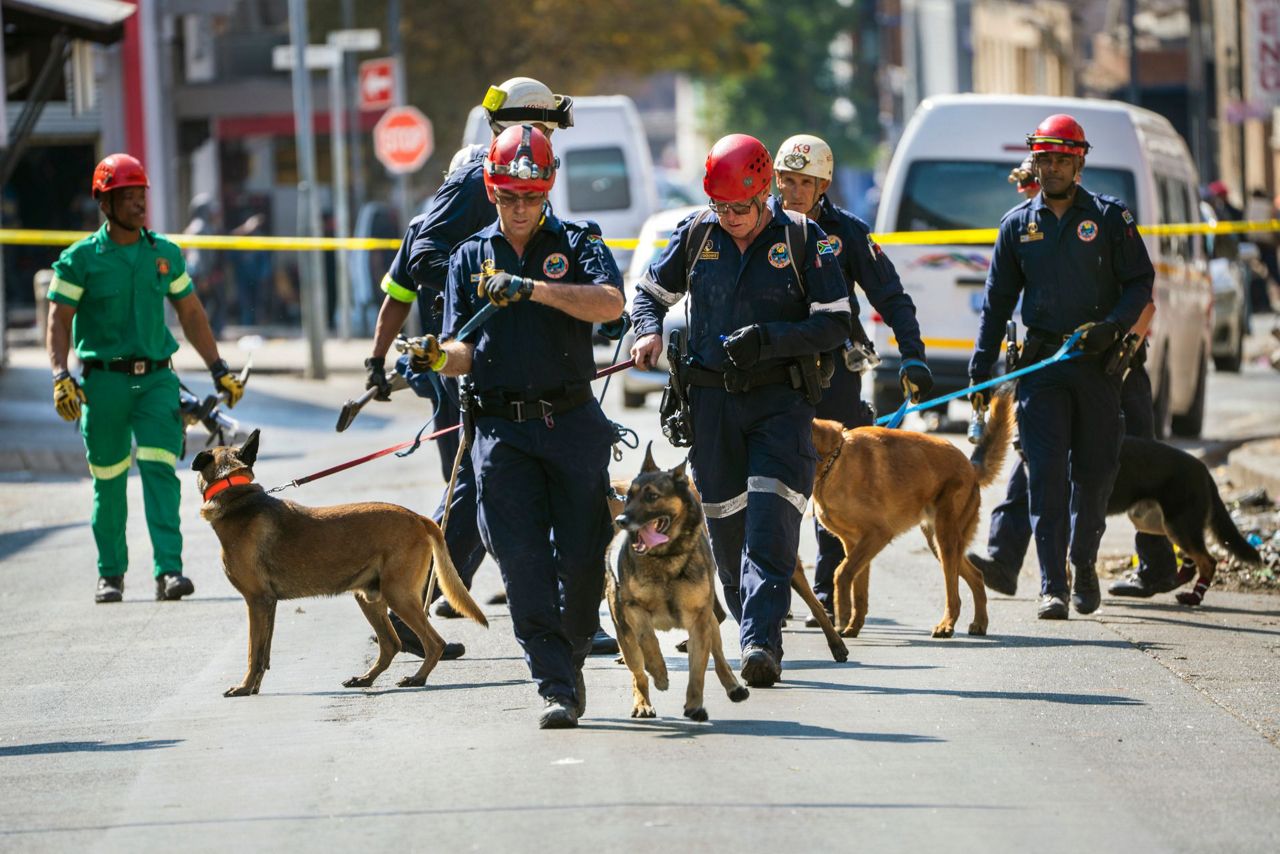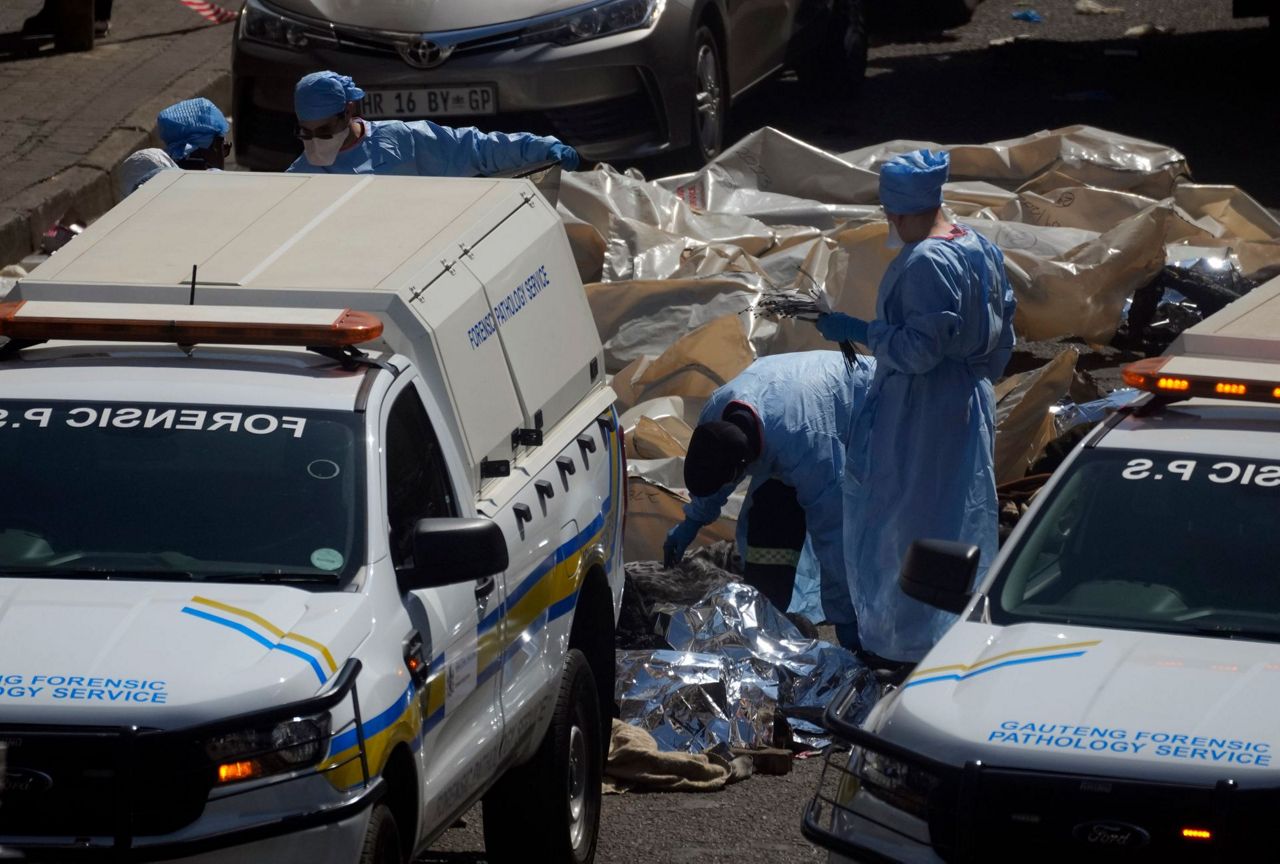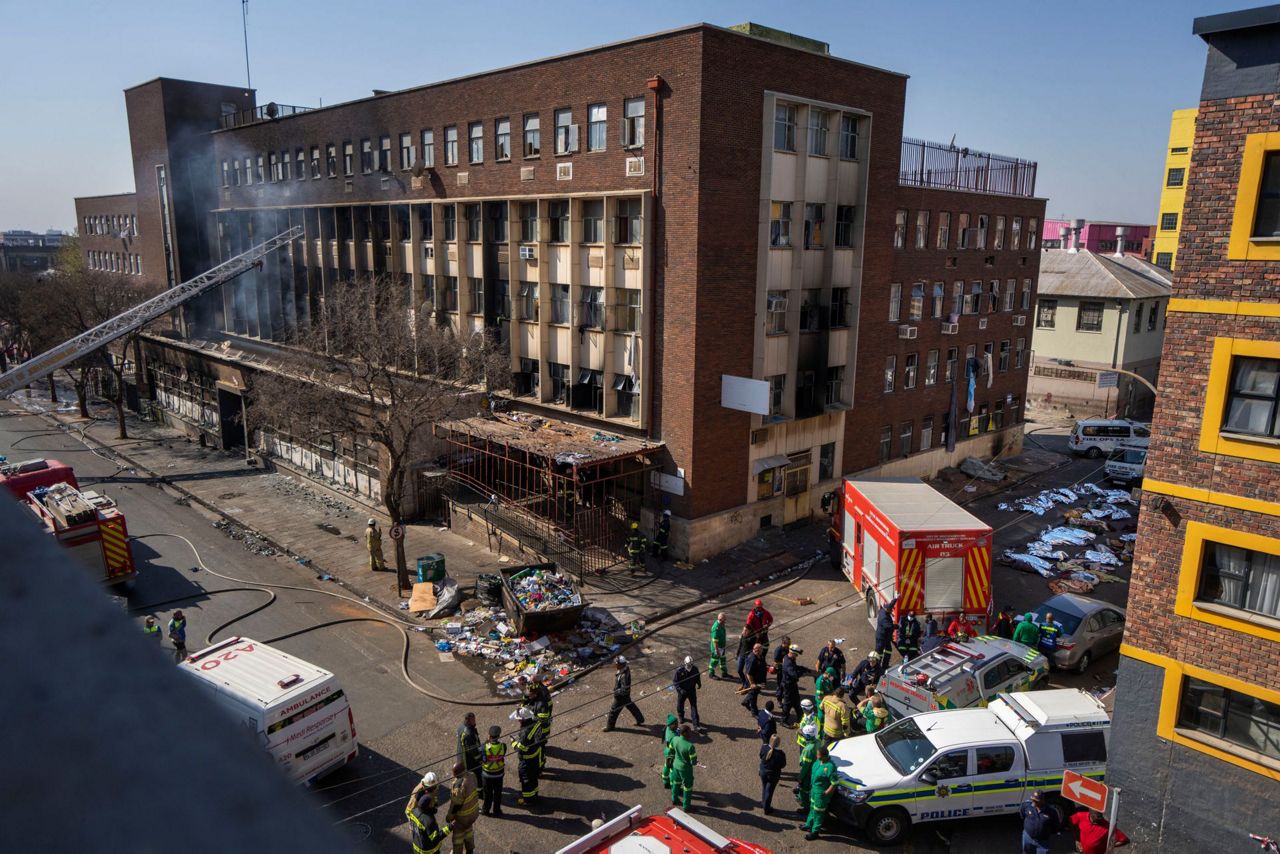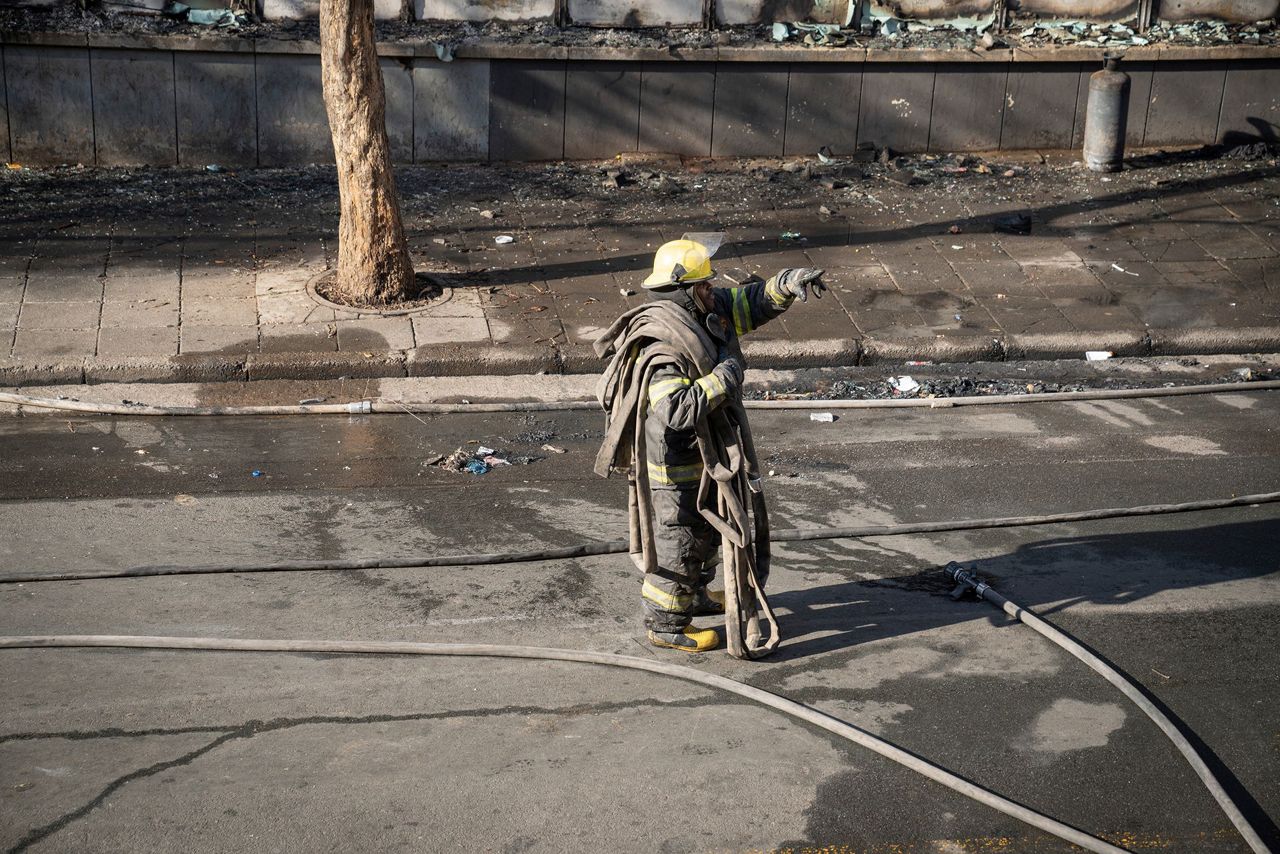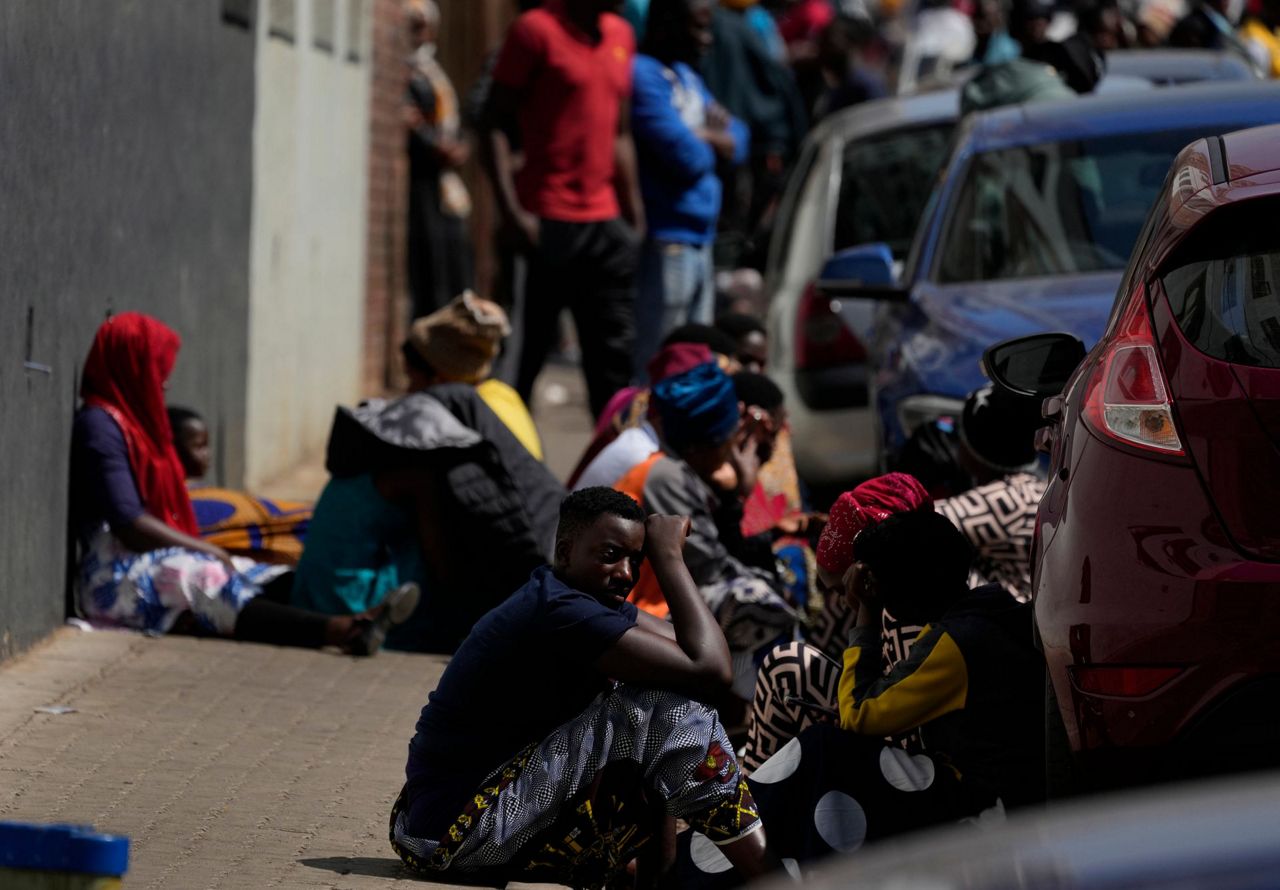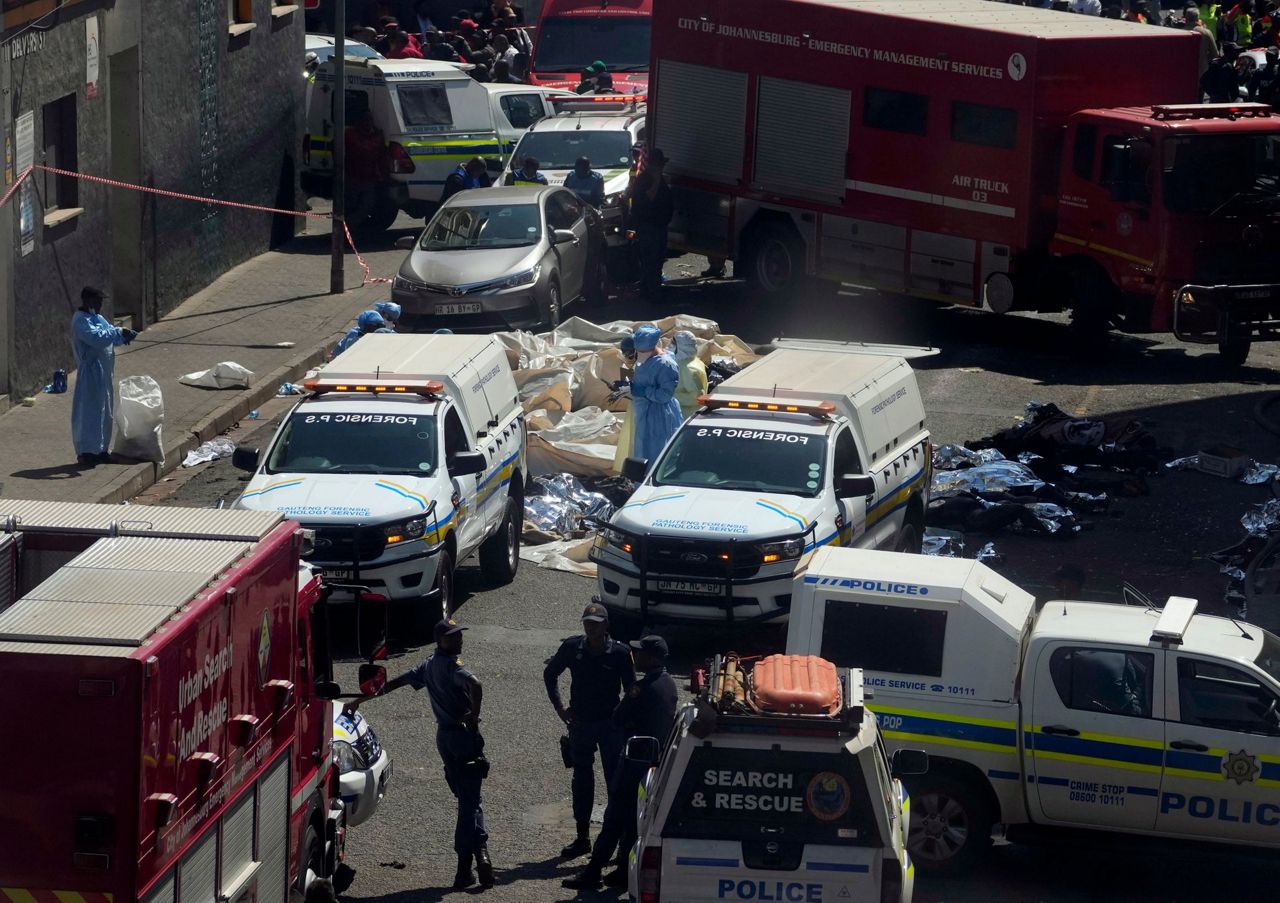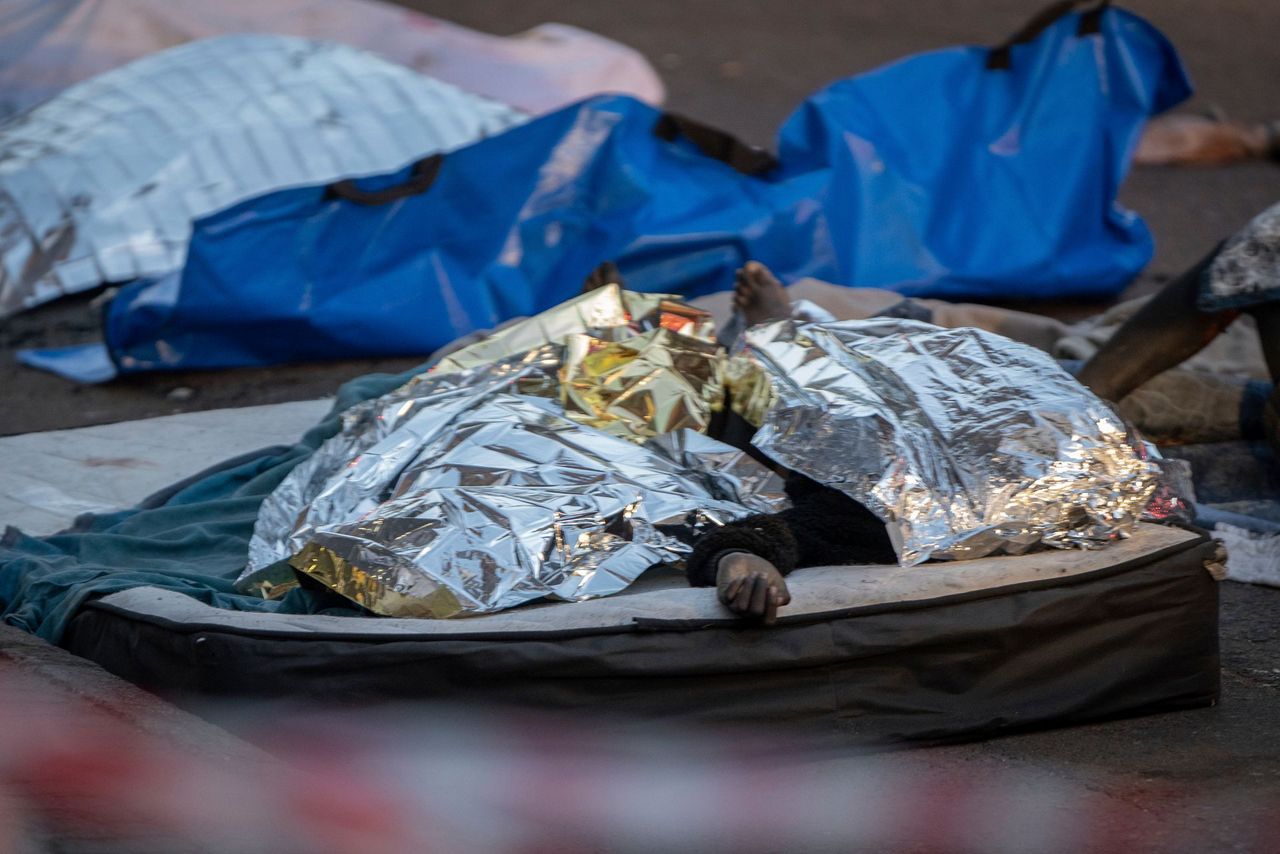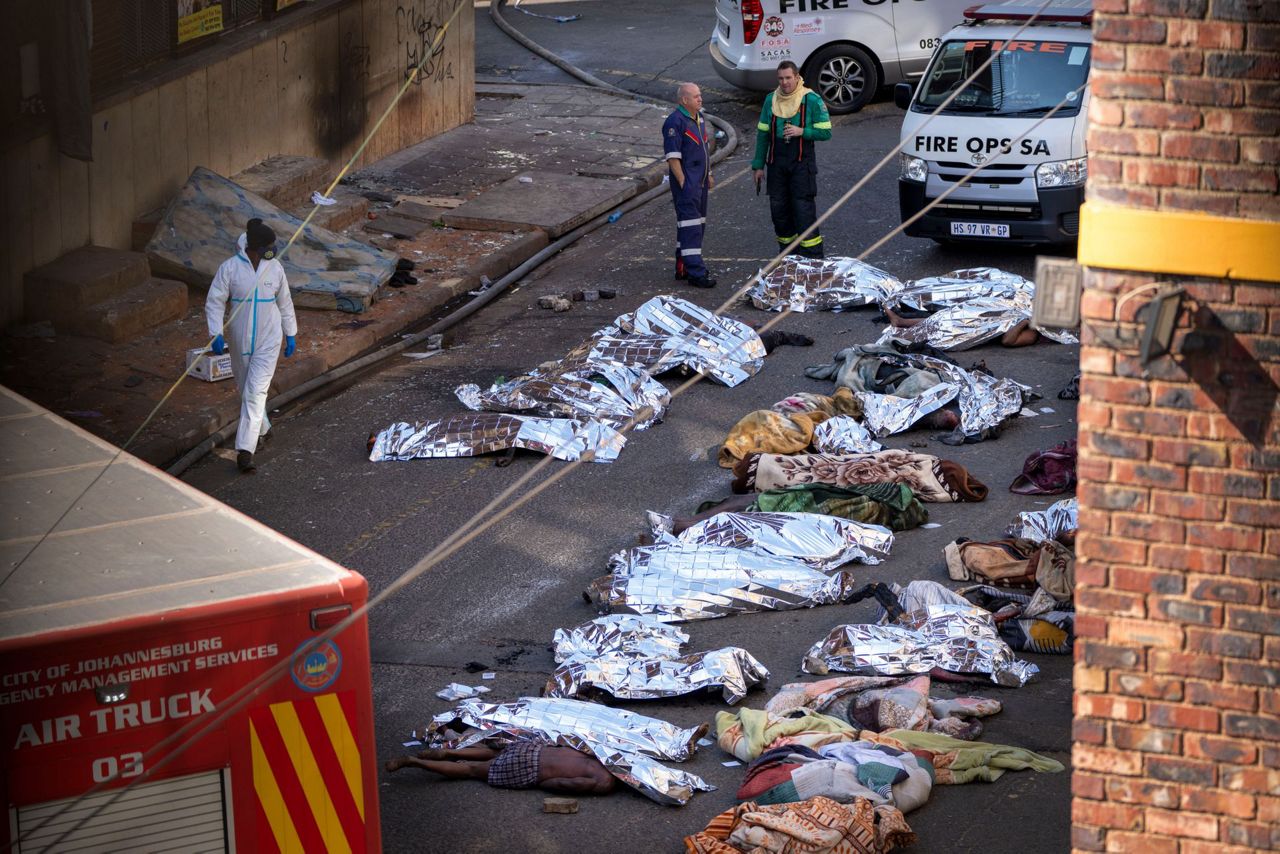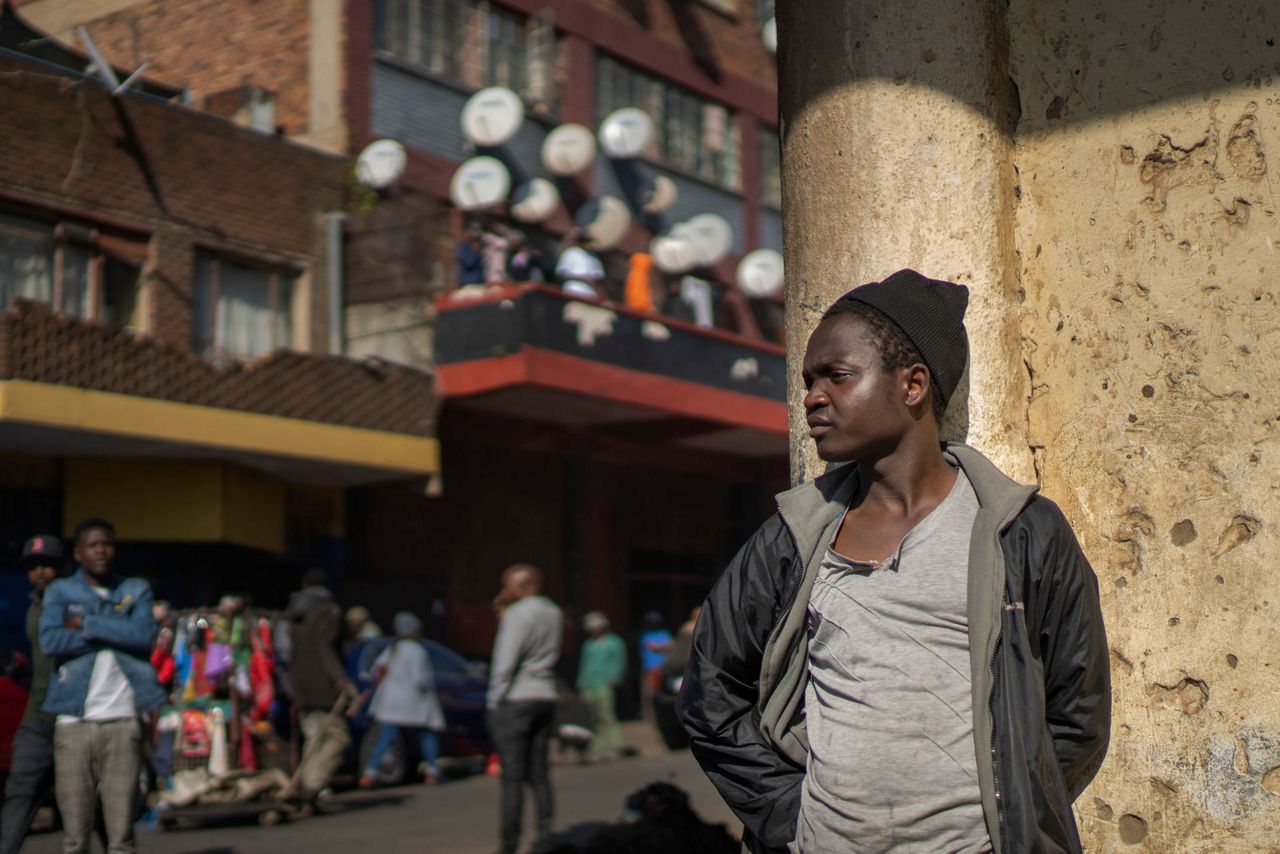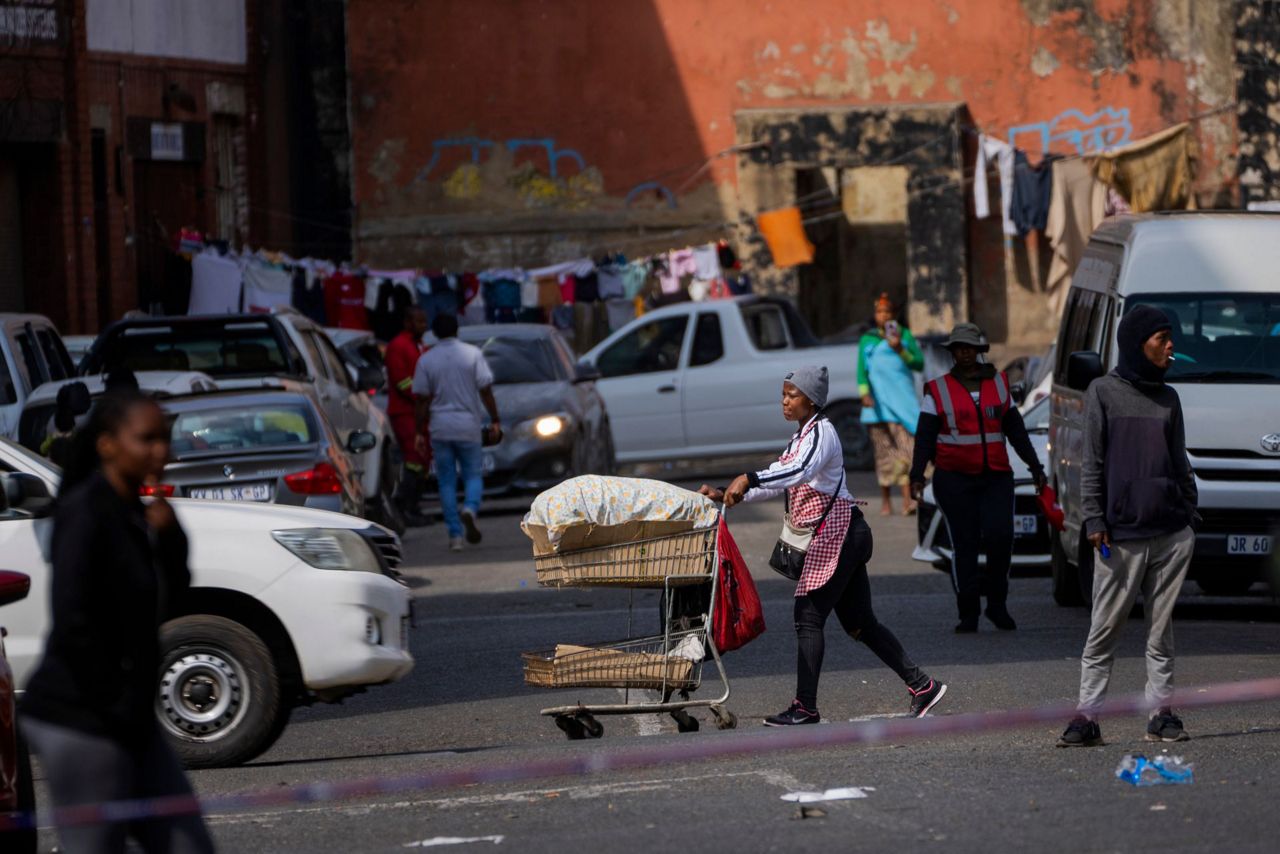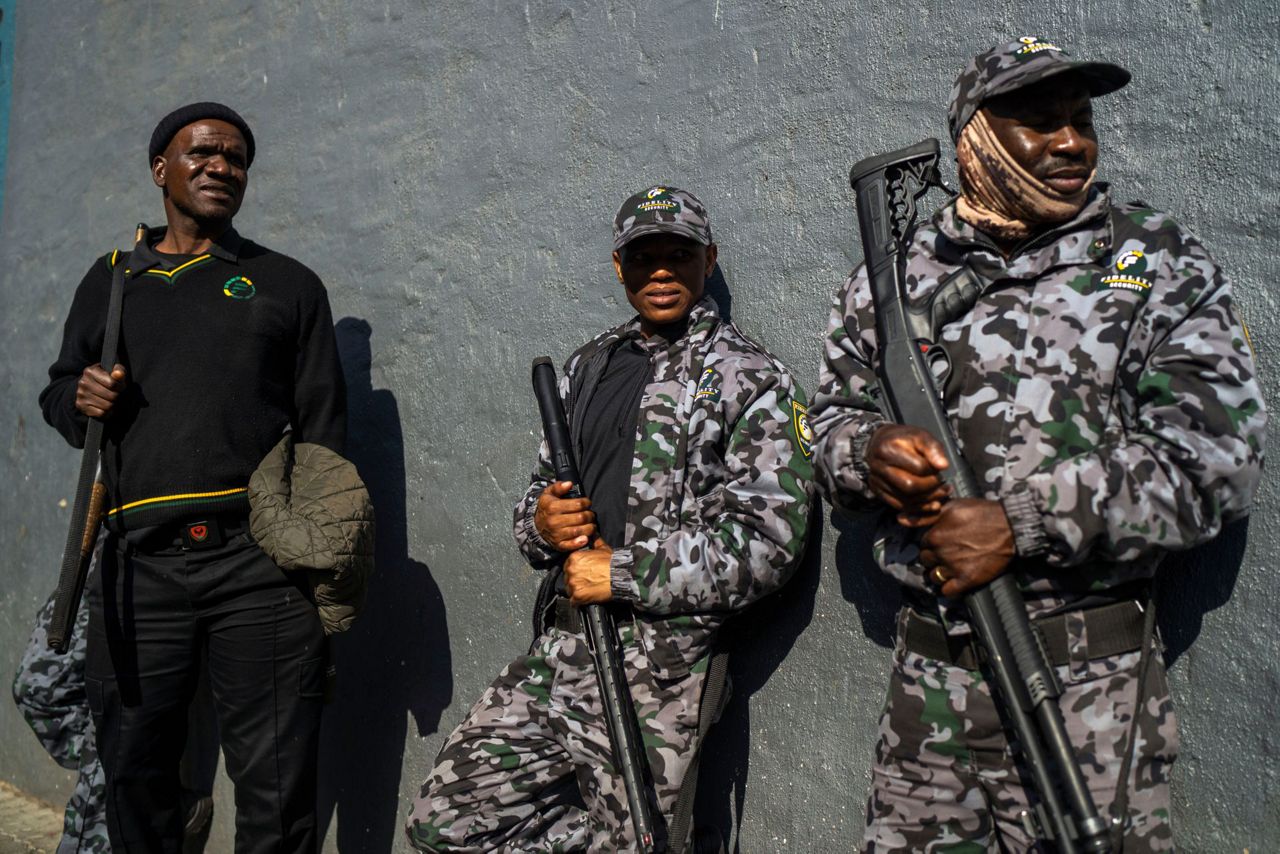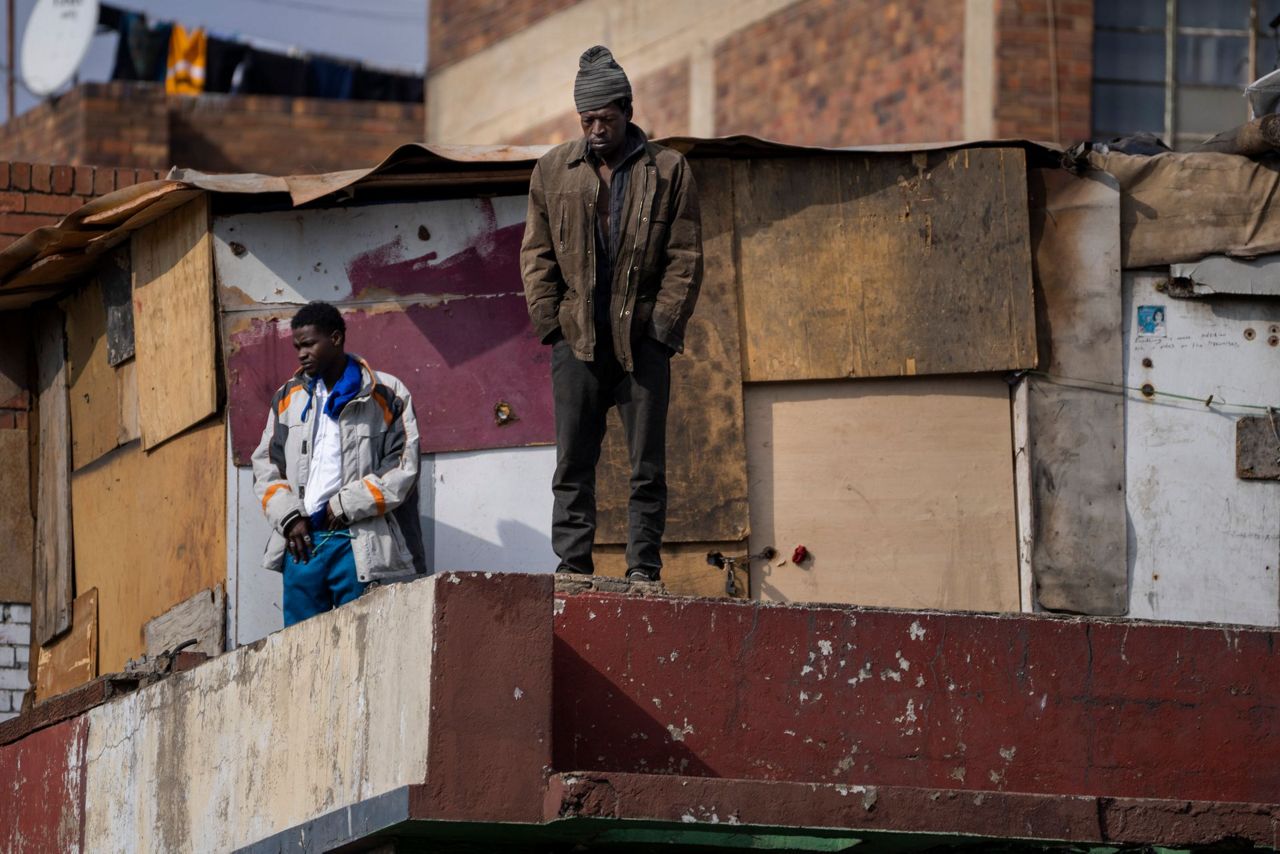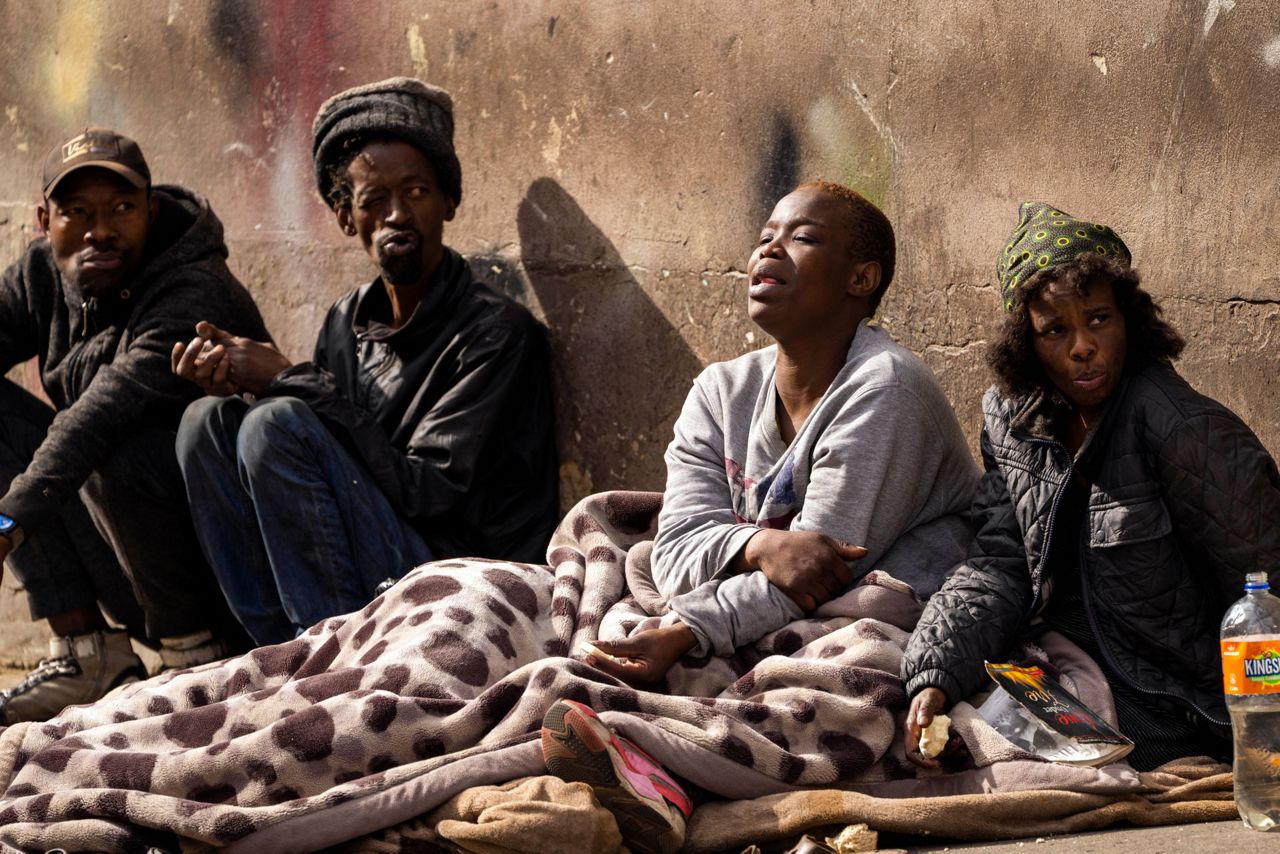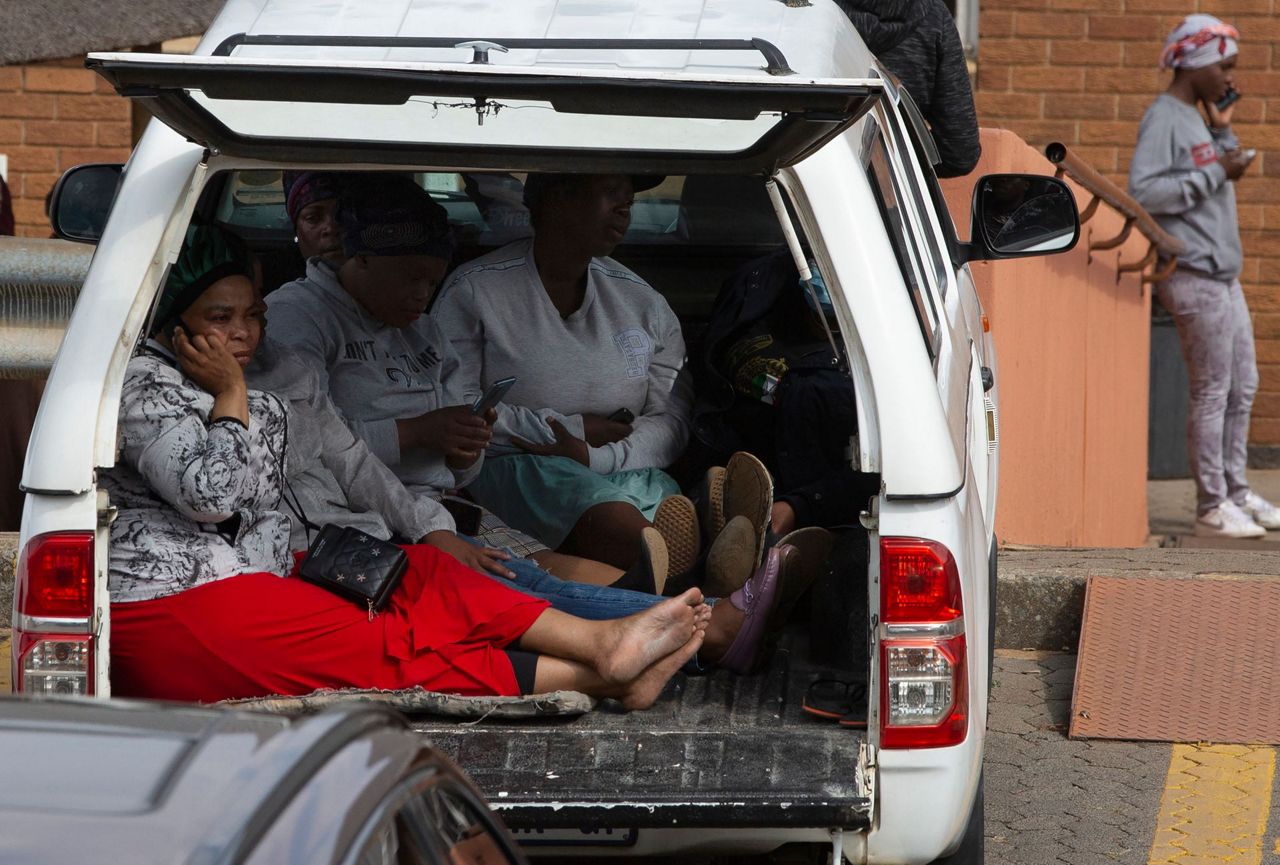JOHANNESBURG (AP) — Search teams finished checking a derelict Johannesburg apartment building a day after one of South Africa's deadliest fires broke out there as pathologists faced the grisly task Friday of identifying charred bodies and body parts that were transported in large trucks to mortuaries across the city.
The death toll from Thursday's predawn blaze rose to 76 after two people died in a hospital overnight, Health Minister Joe Phaahla told reporters. At least 12 of the victims were children, authorities said.
Homeless South Africans, poor foreign migrants and others who found themselves marginalized in a city often referred to as Africa’s richest but which has deep social problems inhabited the downtown building.
The number of injured people hospitalized from the fire also increased to 88, according to a provincial health official.
After conducting three searches through each of the building's five stories, emergency services personnel believed that all human remains were recovered from the site, Johannesburg Emergency Services spokesperson Nana Radebe said.
Police and forensic investigators took over the scene for their own examinations, Radebe said.
The remains of some of the victims were taken to a mortuary in the township of Soweto, in the southwestern outskirts of South Africa's economic hub, where people began to gather as authorities called for family members to help identify the dead.
Motalatale Modiba, a Gauteng province health department spokesperson, said 62 of the bodies were so badly burned as to make them unidentifiable and the city's pathology department faced using painstaking DNA analysis to officially identify the majority of victims.
“Even if the family were to come, there is no way of them being able to identify that body,” Modiba said.
Thembalethu Mpahlaza, the CEO of Gauteng's Forensic Pathology Services, said at a Thursday evening news conference that numerous unidentified body parts were found in the remnants of the building and his investigators needed to establish if they were from people already counted as dead or came from additional fire victims.
Many of the dead were believed to be foreign nationals and possibly in South Africa illegally, making it more difficult to identify them, city officials said.
Local media reports, quoting residents of the building, said at least 20 of the dead were from the southern African nation of Malawi. At least five were Tanzanian nationals, the Tanzanian High Commission in South Africa said.
The fire ravaged a city-owned building that had effectively been abandoned by authorities and had become home to poor people desperately seeking some form of accommodation in the rundown Johannesburg central business district. The building was believed to be home to around 200 families.
Senior city officials conceded they had been aware of problems at the building since at least 2019.
Many witnesses said in the immediate aftermath of the fire that they were separated from family members in the chaos of escaping the inferno. Some said there were children walking around alone outside the building, with no idea if their parents or siblings had survived.
Non-governmental organizations stepped in to help survivors with temporary accommodation, while religious leaders held prayer services outside the burned-out building.
Attention in South Africa also turned to who would be held responsible for the tragedy. Emergency workers and witnesses painted a picture of a building full of shacks and other temporary structures, and where multiple families were crammed into rooms. Some people stayed in the basement parking garage.
Local government officials said that people were trapped inside the building because security gates were locked and there were no proper fire escapes. Many bodies were reportedly found on top of each other near one locked gate where they became trapped. Others jumped out windows and died in the fall, witnesses and officials said.
At the building, twisted sheets and blankets still hung like ropes out of windows a day after, showing how desperately some had tried to flee the flames and smoke.
The police have opened a criminal case, although it was unclear who might face any charges over the deaths as no official authority ran the building. South Africa's Parliament has called for a wider investigation.
South African President Cyril Ramaphosa, who visited the scene on Thursday, said the tragedy was partly caused by “criminal elements” who had taken over the building and charged people to live there.
“The lesson for us is that we’ve got to address this problem,” Ramaphosa said.
Ramaphosa's call was repeated by many figures from national and local government, who said it was time to resolve Johannesburg's housing crisis. People living in broken-down structures known as “hijacked buildings” is common in Johannesburg
The focus on the issue only after so many people were killed angered some in the city.
“We have seen the president calling this incident tragic,” said Herman Mashaba, a former mayor of Johannesburg and now the leader of an opposition political party. “What do you mean tragic? You’ve been aware of this. We have seen the decay of this city over 25 years. It’s not something that just happened overnight.”
___
Imray reported from Cape Town, South Africa.
___
AP Africa news: https://apnews.com/hub/africa
Copyright 2023 The Associated Press. All rights reserved. This material may not be published, broadcast, rewritten or redistributed without permission.




